“I never thought I’d be making work about the village panto.” – interview with Emily Speed
October 1, 2021
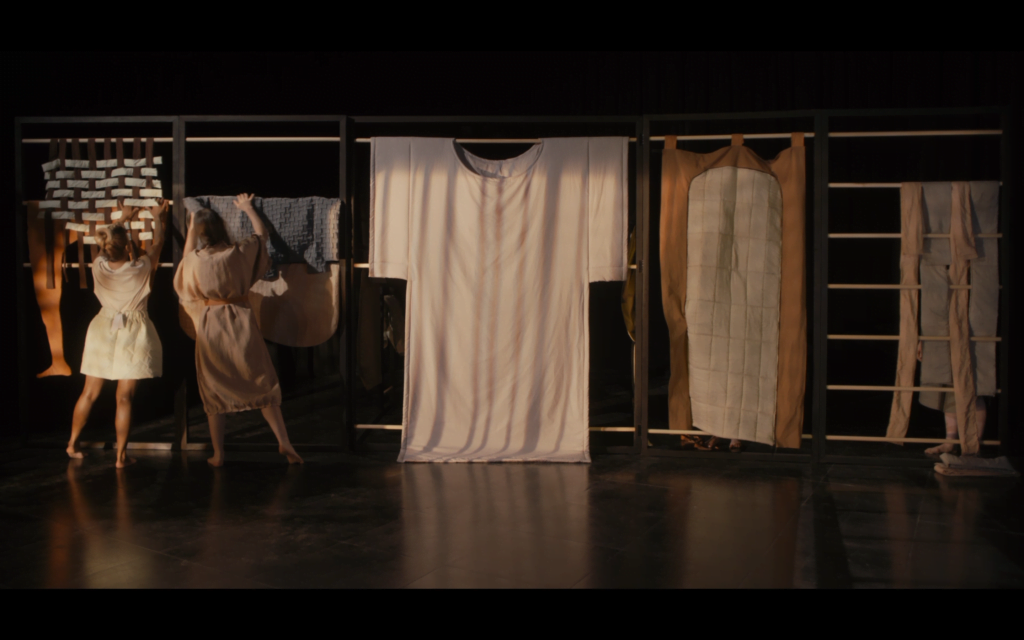
Emily Speed, Flatland, 2021, photography by Emma Dalesman
Emily Speed has been selected as the first Art North West Commission, Tate Liverpool’s open call to provide an opportunity to artists based in the North West of England to make new work for a solo exhibition in the gallery.
‘Flatland’, the film installation that has been developed out of the commission, was created in collaboration with director of photography, Emma Dalesman, writer Eley Williams, and performers Lisa Birtles, Hannah Bitowski, Priya Mistry and Kirsty Tewnion. The film takes its name from and was inspired by the satirical Victorian novel, Flatland, by Edwin A. Abbott and explores flattened hierarchies and close-knit community structures. Speed uses the genre of pantomime to follow a day in the life of a community of women told over 12 short scenes.
I sat down with Speed over a Zoom call from her studio to talk about the commission and how the process and the work changed with the impact of the pandemic.
Exhibiting at Tate Liverpool has always been on Speed’s radar. Although she has exhibited at Tate St Ives, Tate Liverpool has always “loomed really large”. She explains: “I can remember it opening and just not really having seen anything like it. There was a series of MoMa residencies when I was a young art student and I remember thinking “oh god, I want that”. So when this call came up, it felt really urgent that I apply for it. [The work] is an idea that’s been brewing for about seven years. It was one of those times when I thought I might actually be able to make this in these circumstances, so I just went for it.”
Like many artists who were commissioned to make work as the pandemic kicked in, the commission evolved as her life and working circumstances were forced to change. “I’ve got a young son and I’ve had him at home for the whole of this period where I thought I’d be working. Obviously, as a mum, the way that I work is quite fragmented, but it has been very hard to get that continuity of thought. That’s been quite a challenge.
[The pandemic] has slowed everything down. All the ways I thought we would work – long term collaborations, workshopping, there’s been absolutely none of that. A lot of conversations have taken place online.”
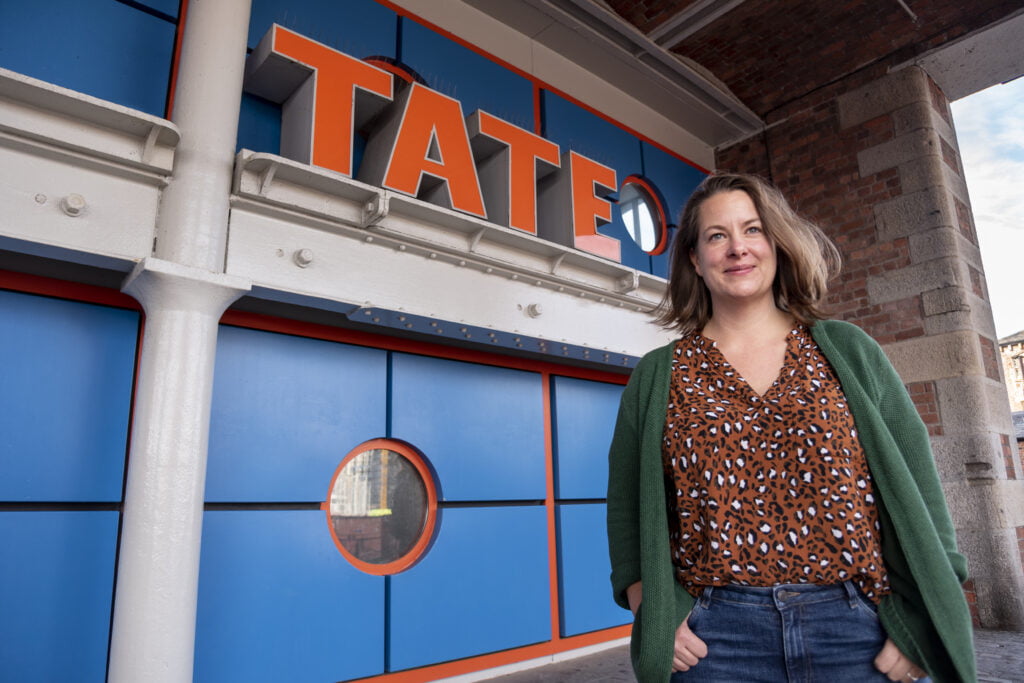
Emily Speed © Roger Sinek
Filming was condensed into five days in a studio provided by The University of Salford. “[The performers] brought such amazing energy. It’s the first time any of us have been in a room like that for a long time. It felt a very strange, exhausting few days.”
The work though, has inevitably changed as a result of the imposed restrictions: “The process has completely tipped on its head what I thought I was going to be doing. I’m in the stage where I’m still in the work. In my head it’s the same work, the way that it’s manifested has changed according to how life has been lived. It’s become much more focused on relationships. I’ve been thinking about really tight knit communities, supporting each other and building family that aren’t your family. I’ve been reading a lot of Donna Haraway and thinking about kin in lots of different ways.”
Flatland takes its starting point and title from the satirical Victorian novella, Flatland, by Edwin A. Abbott. The novel is set in a fictional two-dimensional world – Flatland – occupied by geometric figures. Women are depicted as straight lines while men are polygons. Abbott uses the structure to comment on the hierarchy of Victorian culture. Speed uses the novel to push against it: “What women are in that book is the complete antithesis of what I want to work about. The film starts with a woman on a pole and there’s a break into another space, so there’s a kind of before and after.”
The film is structured and told in the genre of pantomime. Where did the panto influence come from? A comment by Sally Tennant, when she nominated Speed for the Northern Art Prize in 2013 struck her. “She said, ‘your works are very mannered. It’s very pantomime.’ I thought gosh that’s so interesting that she’d seen that. It sparked something I’d been thinking through for a long time since I was 20, 21. I never thought I’d be making work about the village panto.”
Pantomime was a formative experience for Speed. Her family were heavily involved in the annual village production with parents and siblings performing and her grandfather directing. She credits the set painter, Denis Whitby, as the first artist she ever knew: “I thought he was mind-blowingly incredible. As a child [the sets] transported me to a total other place. I thought it was magic. It’s where I also learned about people working together and this annual supreme effort of rehearsals and building a set. That’s how I’ve learned to work with other people and (it’s my) very early experience of art.” Speed has continued that tradition of collaborating with family into this work. She worked with her sister on the costumes, her brother created the music, and another family member is a performer.
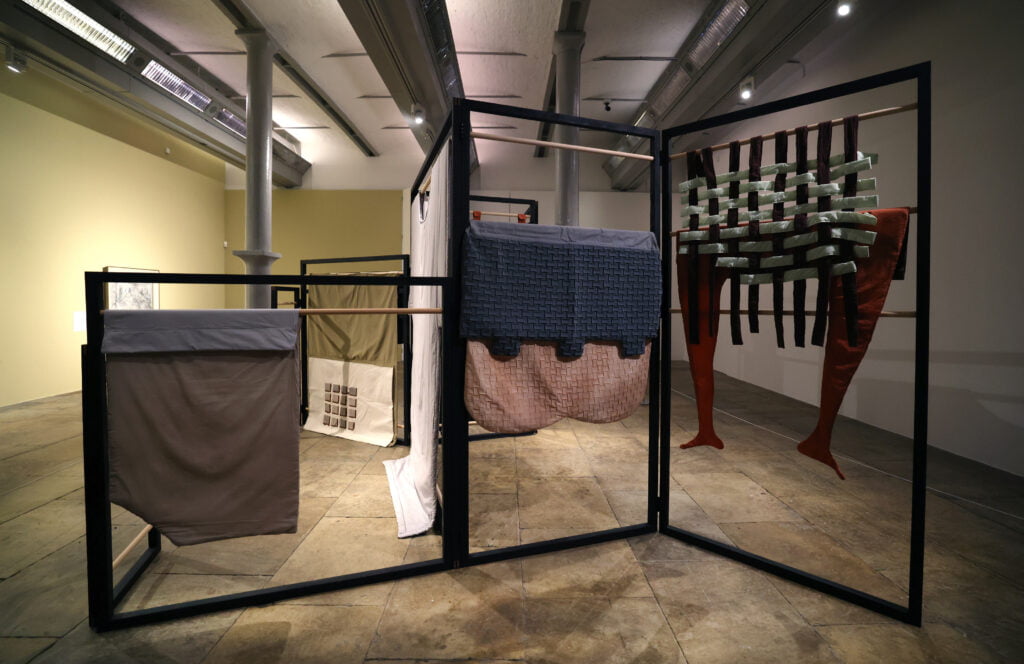
Installation view of Emily Speed: Flatland 2021 at Tate Liverpool, 25 September 2021, 5 June 2022. © Gareth Jones
Panto immediately conjures up the idea of slapstick comedy and interaction, however Speed distances the work from those traditional notions. “Whenever I make work, I am deadly serious about it, but I have learned that you can have a pair of legs sticking out of something without it being absurd and funny and I don’t think this work is funny at all. Ellie’s text is funny and she touches on panto in a light and clever way. Despite it being the most about pantomime that I’ve ever made, it is the least humorous. We’ll have to see what it’s like when it’s up because I can’t quite see it all yet, but I don’t think this is humorous.”
Alongside the installation, Speed has selected the painting, The Corridor (1950), by Portuguese abstract painter, Maria Helena Vieira da Silva to exhibit. Vieira Da Silva’s work explores the space within complex interiors and city views, playing with perspective and blurring representation and abstraction.
The painting depicts a corridor with a low ceiling and narrow walls that lead to a close vanishing point. Multiple perspective lines suggest a tiled surface, but the surface is fragmented and skewed. The low ceiling, narrow walls and restricted colour scheme create a feeling of claustrophobia.
The work compliments themes in Speed’s practice which examine the relationship between the body and architecture and how a person is shaped by the buildings they occupy.
Speed explains: “She’s a painter that I really loved when I started making art. There’s kind of a visual similarity there but her work is all about psychological space and architecture and it all spoke to me. There’s a connection to early me which speaks to the work around the village panto and those roots.”
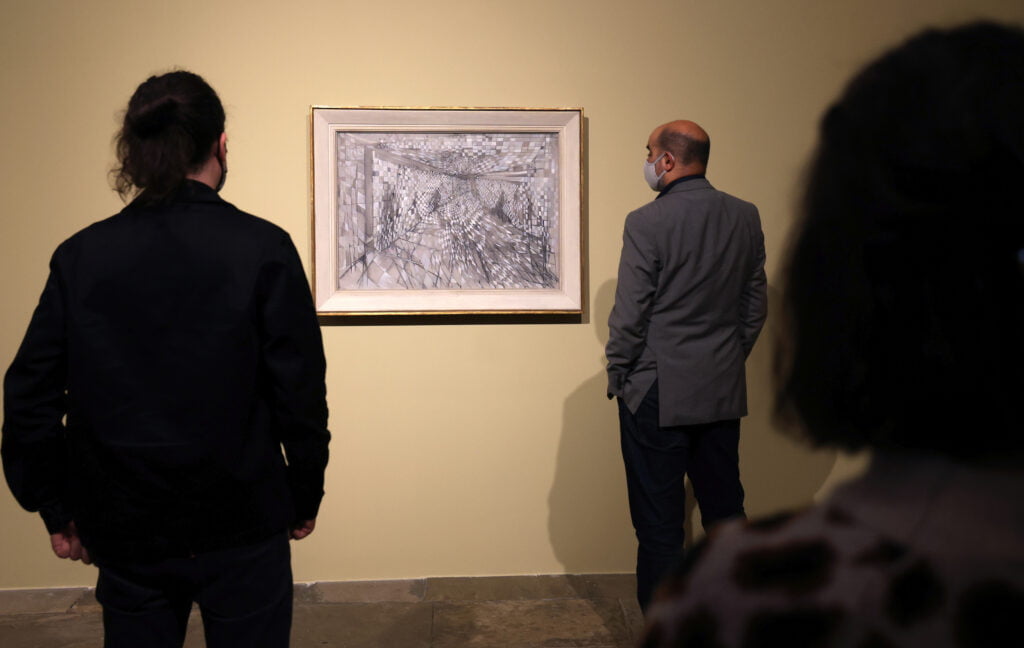
Installation view of Emily Speed: Flatland 2021 at Tate Liverpool, 25 September 2021, 5 June 2022. © Gareth Jones
How do you follow a commission from Tate Liverpool? Speed has left the remainder of the year blank to reflect and evaluate. A Develop Your Creative Practice grant from Arts Council England has made it possible to tie up loose ends and make work “that doesn’t have anywhere to go.”
She reflects: “I’m really tired and I can’t think straight and those are things that need addressing really soon. A lot of that bursary is about time in the studio, time in the ceramic studio in Stoke on Trent, time to plan and think and evaluate which I never ever plan in. [There are] times when you don’t earn a lot of money and you’re working really hard and it feels like it’s time to stop, but clearly I’m not willing to stop because I keep going. So it’s finding a way to look after that really.”
Flatland is showing at Tate Liverpool from 25 September 2021 – 5 June 2022
Filed under: Art & Photography
Tagged with: art, artist, Emily Speed, interview. Flatland, liverpool, Pantomime, performance, Tate Liverpool, video
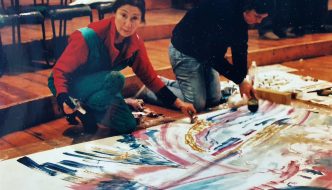
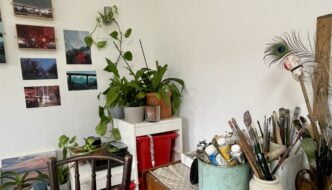
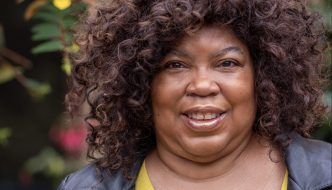
Comments